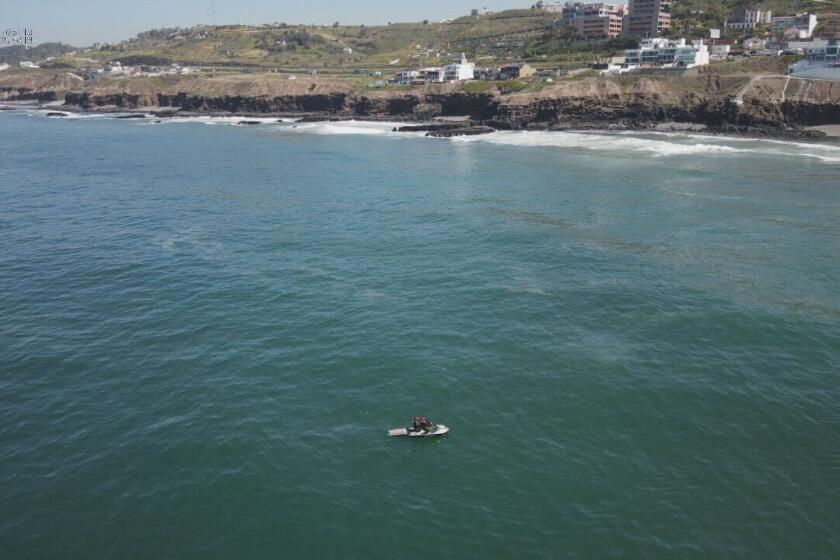Colorado River delta to receive infusion of water
The United States and Mexico plan to collaborate this month on a pilot project aimed at restoring wetlands in the Colorado River delta in Baja California through a one-time high-volume delivery of river water, a move hailed as historic by environmental groups on both sides of the border.
The release at Mexico’s Morelos Dam on the border west of Yuma is expected to start on March 23, and continue for about eight weeks, according to the U.S. Bureau of Reclamation. A binational ceremony celebrating the delivery is scheduled for March 27, said bureau spokesman Jack Simes.
The infusion of a “pulse flow” of about 105,000 acre-feet is viewed as critical to restoration efforts of the Colorado River delta, a once-lush area that has gone dry in recent decades with diversion of water upstream.
“We know that relatively small amounts of water can make a big difference in the health of the delta region,” said Francisco Zamora, director of the Colorado River Delta Legacy Program at the Tucson-based Sonoran Institute.
The release is part of a landmark agreement between the United States and Mexico negotiated through the U.S. and Mexican sections of the International Boundary and Water Commission and signed in November 2012 under the auspices of the Colorado River treaty signed in 1944.
Known as Minute 319, the five-year accord includes provisions for sharing water between the two countries in times of drought and surplus and storage for some of Mexico’s share of water in Lake Mead, and water conservation projects.
The water for the pulse flow comes from savings resulting from “a joint effort in investments for conservation projects in Mexico by the governments of the United States and Mexico in accordance with Minute 319,” Simes said.
A one-time delivery scheduled over an eight-week period, the pulse flows “are high enough to rise out of the river banks onto the area where the trees grow ... and ensure that any seedlings continue to grow,” said Jennifer Pitt, director of the Colorado River Project of the Environmental Defense Fund, and the U.S co-chair of the environmental work group that helped negotiate the pulse flow agreement.
The pulse flow supplements a smaller and steadier “base flow” of water deliveries that would sustain new habitats and are underwritten by the Colorado River Delta Trust, which is supported by a coalition of environmental groups.
Scientists from the United States and Mexico plan to monitor the release and measure its impact on the environment. The measures are expected to benefit some 380 bird species, said Osvel Hinojosa, a member of the Mexican environmental group Pronatura Noroeste and Mexican co-chair of the environmental work group.
Get Essential San Diego, weekday mornings
Get top headlines from the Union-Tribune in your inbox weekday mornings, including top news, local, sports, business, entertainment and opinion.
You may occasionally receive promotional content from the San Diego Union-Tribune.











